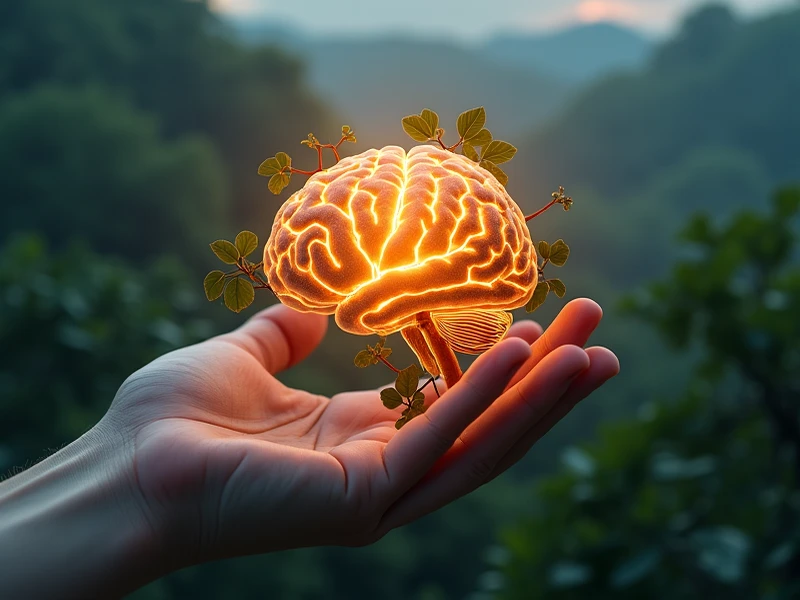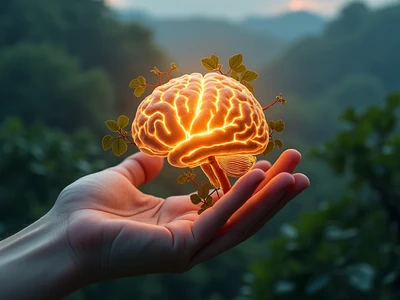Cognitive Behavioral Therapy (CBT) has become a cornerstone in mental health treatment, offering practical tools to manage thoughts, emotions, and behaviors. At BrainTalking, we believe in empowering individuals to take charge of their mental well-being. This article provides a step-by-step guide to practicing self-directed CBT at home, with a focus on understanding and overcoming CBT cognitive distortions. Whether you’re new to CBT or looking to deepen your practice, this guide will equip you with the knowledge and techniques to improve your mental health.
Understanding CBT and Cognitive Distortions

What is Cognitive Behavioral Therapy (CBT)?
CBT is a type of psychotherapy designed to help people identify and change negative thought patterns and behaviors. It’s widely recognized for its effectiveness in treating anxiety, depression, and stress. At its core, CBT rests on two foundational models: the cognitive model and the behavioral model. Together, these principles make CBT a powerful tool for mental wellness.
The cognitive model focuses on how we process information. It suggests that our thoughts shape our emotions and actions. For instance, if you think, “I’m going to fail this presentation,” you might feel nervous and stumble during it. This negative thought creates a cycle of anxiety and poor performance. CBT helps break that cycle by challenging such thoughts.
The behavioral model, meanwhile, looks at how our actions influence our emotions and thoughts. Avoiding the presentation due to fear might reinforce the belief that you’re incapable. CBT teaches that by changing behaviors—like facing the situation—you can alter your emotional response. The key takeaway? Thoughts, feelings, and behaviors are deeply connected, and adjusting one can transform the others.
Identifying Cognitive Distortions CBT
Cognitive distortions are irrational or exaggerated thoughts that fuel negative emotions and behaviors. They’re like mental filters that distort reality, often making situations seem worse than they are. In cognitive distortions CBT, recognizing these patterns is the first step to change.
Common examples include all-or-nothing thinking and catastrophizing. All-or-nothing thinking is when you see things in extremes—like “If I’m not perfect, I’m a total failure.” Catastrophizing involves imagining the worst outcome, such as “If I mess up, my career is over.” These distortions amplify stress and anxiety, trapping you in a negative loop.
Why is identifying them so crucial in CBT? Because once you spot these patterns, you can challenge them. By questioning their accuracy, you start to see reality more clearly. This process lays the groundwork for healthier thinking, making it a vital skill in mastering CBT cognitive distortions.

DIY CBT Techniques & Cognitive Distortions CBT Worksheet
Journaling for CBT
Journaling is a simple yet powerful CBT technique. It helps you track your thoughts, feelings, and behaviors over time, shining a light on patterns you might not notice otherwise. For anyone tackling cognitive distortions CBT, it’s a great starting point.
To journal effectively, write about specific situations that trigger strong emotions. Note what you felt and the automatic negative thoughts that popped up. For example, if you felt anxious before a meeting, jot down thoughts like “Everyone will think I’m incompetent.” Over time, you’ll spot recurring distortions—like all-or-nothing thinking.
Try these prompts to dig deeper: “What happened today that made me feel anxious?” or “How did my thoughts affect my actions?” Journaling builds self-awareness, helping you identify CBT cognitive distortions and prepare for more advanced techniques like thought records.
Creating Thought Records
Thought records take journaling to the next level. They’re a structured way to analyze and challenge negative thoughts, especially those tied to cognitive distortions CBT. By breaking down a situation, you can see where your thinking goes off track.
Here’s how to create one: First, describe a specific event—like spilling coffee during a meeting. Next, list your emotions (e.g., embarrassment) and automatic thoughts (e.g., “I’m such an idiot”). Then, identify distortions—maybe you’re overgeneralizing one mistake into a personal flaw. Challenge those thoughts with evidence: “I’ve handled meetings well before; this was just an accident.” Finally, note any emotional shift after reframing.
A cognitive distortions CBT worksheet can streamline this process. These worksheets guide you through each step, making it easier to spot and reframe distortions. With practice, thought records become second nature, helping you build a more balanced mindset.
Behavioral Experiments
Behavioral experiments are hands-on tests of your beliefs. They’re perfect for challenging negative assumptions tied to CBT cognitive distortions. Instead of just thinking about change, you act it out and see what happens.
Imagine you believe, “People will judge me if I make a mistake.” Test it: Drop something minor in public—like a pen—and observe the reactions. Most likely, people won’t care, or they’ll be kind. This evidence can weaken your distortion (e.g., catastrophizing) and reduce anxiety. It’s a practical way to shift both thoughts and behaviors.
These experiments don’t need to be big. Start small, like asking a question you’d normally avoid. The goal is to gather real-world proof that your fears might be exaggerated. Over time, this builds confidence and resilience.
Mindfulness and Relaxation Techniques
Mindfulness and relaxation techniques boost CBT’s effectiveness by calming your mind and body. They’re not about fixing thoughts directly but about creating space to handle them better. For cognitive distortions CBT, they’re a game-changer.
Deep breathing is a quick fix: Inhale for four seconds, hold for four, exhale for four. It lowers stress fast. Progressive muscle relaxation—tensing and releasing each muscle group—eases physical tension tied to negative thoughts. Guided meditations, available on apps like Pacifica, help you stay present, reducing the grip of distortions like catastrophizing.
Incorporate these daily, even for 5-10 minutes. They enhance self-awareness, making it easier to apply other CBT tools. Plus, they feel good—why not give your mind a break?

Resources, Maintaining Progress, and Preventing Relapse
Recommended CBT Resources
Ready to dive deeper? Here are some top resources for your DIY CBT journey. Books like Feeling Good by David D. Burns break down CBT basics, while The Anxiety and Worry Workbook by David A. Clark and Aaron T. Beck offers practical exercises. For social anxiety, check out Managing Social Anxiety: A Cognitive Behavioral Therapy Approach Client Workbook.
Online, Mood Gym and CBT Nuggets provide interactive courses. Apps like Moodnotes and Pacifica let you track thoughts and practice techniques anywhere. Join online support groups too—sharing experiences with others can keep you motivated and inspired.
Tips for DIY CBT Success
Success with CBT takes effort, but these tips can help. First, set realistic expectations—change won’t happen overnight. Be patient; progress builds gradually. Consistency matters more than perfection, so practice daily, even briefly.
Celebrate small wins—like catching a distortion before it spirals. These victories add up. And if you hit a wall or face serious mental health issues, don’t hesitate to seek a therapist. DIY CBT is powerful, but pros can offer tailored support when needed.
Maintaining Progress and Preventing Relapse
Once you’ve made strides, keep them going. Regularly check in on your thoughts, feelings, and behaviors—journaling or thought records work well here. Create a coping plan for tough moments, like a list of go-to techniques (e.g., breathing, reframing).
Build a support system—friends, family, or peers who get it. At BrainTalking, we encourage community; it’s a strength multiplier. Finally, keep learning. Explore new CBT ideas in 2025 and beyond. Staying curious ensures your skills stay sharp and effective.
Q&A Section
Q: What is the difference between CBT and other forms of therapy? A: CBT stands out for its short-term, goal-driven approach. It zeros in on changing negative thoughts and behaviors now, not digging deep into your past like psychoanalysis might. While other therapies explore childhood or unconscious drives, CBT is practical and present-focused. It hands you tools—like thought records or experiments—to use daily. That action-oriented style makes it unique and effective for quick, tangible results.
Takeaways
- CBT connects thoughts, feelings, and behaviors, offering a framework to improve mental health.
- Cognitive distortions CBT are irrational thoughts you can spot and challenge for better well-being.
- DIY techniques—journaling, thought records, experiments, mindfulness—put you in control.
- Resources like books, apps, and the Managing Social Anxiety Workbook supercharge your practice.
- Stay consistent, assess progress, and lean on support to maintain gains.




